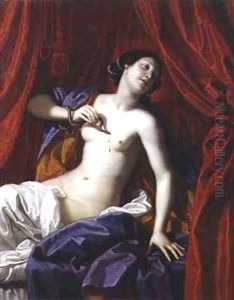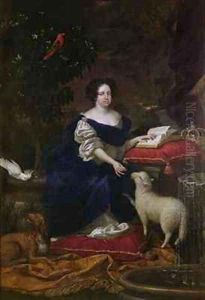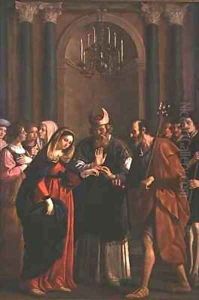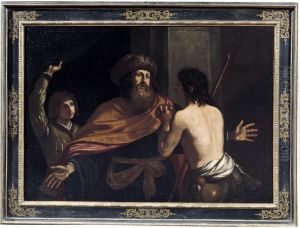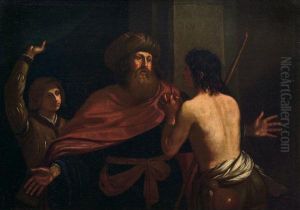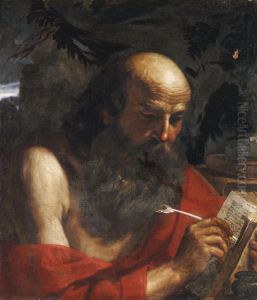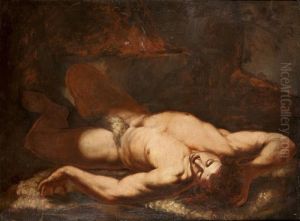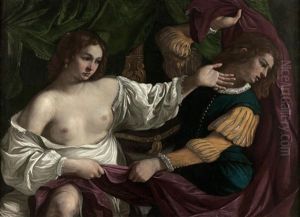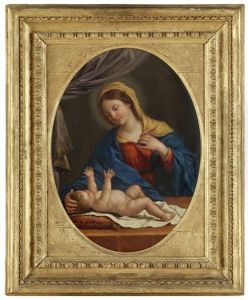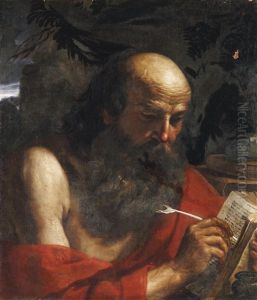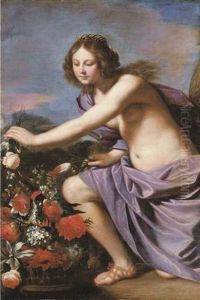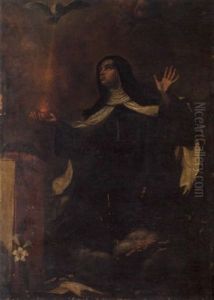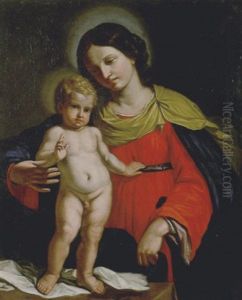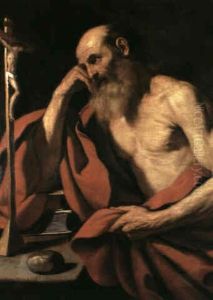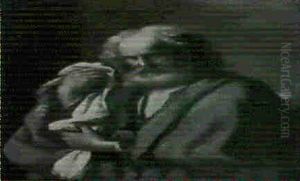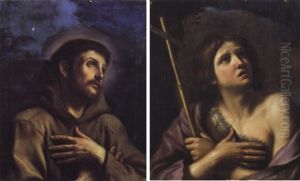Bartolomeo Gennari Paintings
Bartolomeo Gennari was an Italian painter of the early Baroque period, born in 1594 in Cento, a town in the Emilia-Romagna region of Italy. He was part of a prominent family of artists; his father, Ercole Gennari the Elder, was a respected painter, and his brother, Benedetto Gennari, was also involved in the arts. The Gennari family had a significant influence on the artistic landscape of their time, particularly in their native region.
Despite the familial connection to the arts, there is relatively little detailed information about Bartolomeo's life and training. It is believed that he was initially trained by his father before possibly studying under the guidance of other contemporary artists. Bartolomeo's style was heavily influenced by the dramatic intensity and vivid emotional expression characteristic of the Baroque period. He was known for his religious compositions, which often featured dynamic compositions, a rich palette, and a deep understanding of human emotion.
Throughout his career, Bartolomeo Gennari contributed to the decoration of various churches and public buildings in and around Cento. His works are noted for their technical skill and ability to convey spiritual and emotional depth. Despite his accomplishments, Bartolomeo did not achieve the same level of fame as some of his contemporaries, such as Guido Reni or Guercino, possibly due to the more regional scope of his work and the overshadowing presence of these more dominant figures in the Baroque art world.
Bartolomeo Gennari passed away in 1661 in his hometown of Cento. While he may not be as widely recognized today as other Baroque artists, his contributions to Italian Baroque painting are valued for their emotional richness and artistic merit. His legacy is also preserved through the continued appreciation of the Gennari family's artistic contributions to the period.
